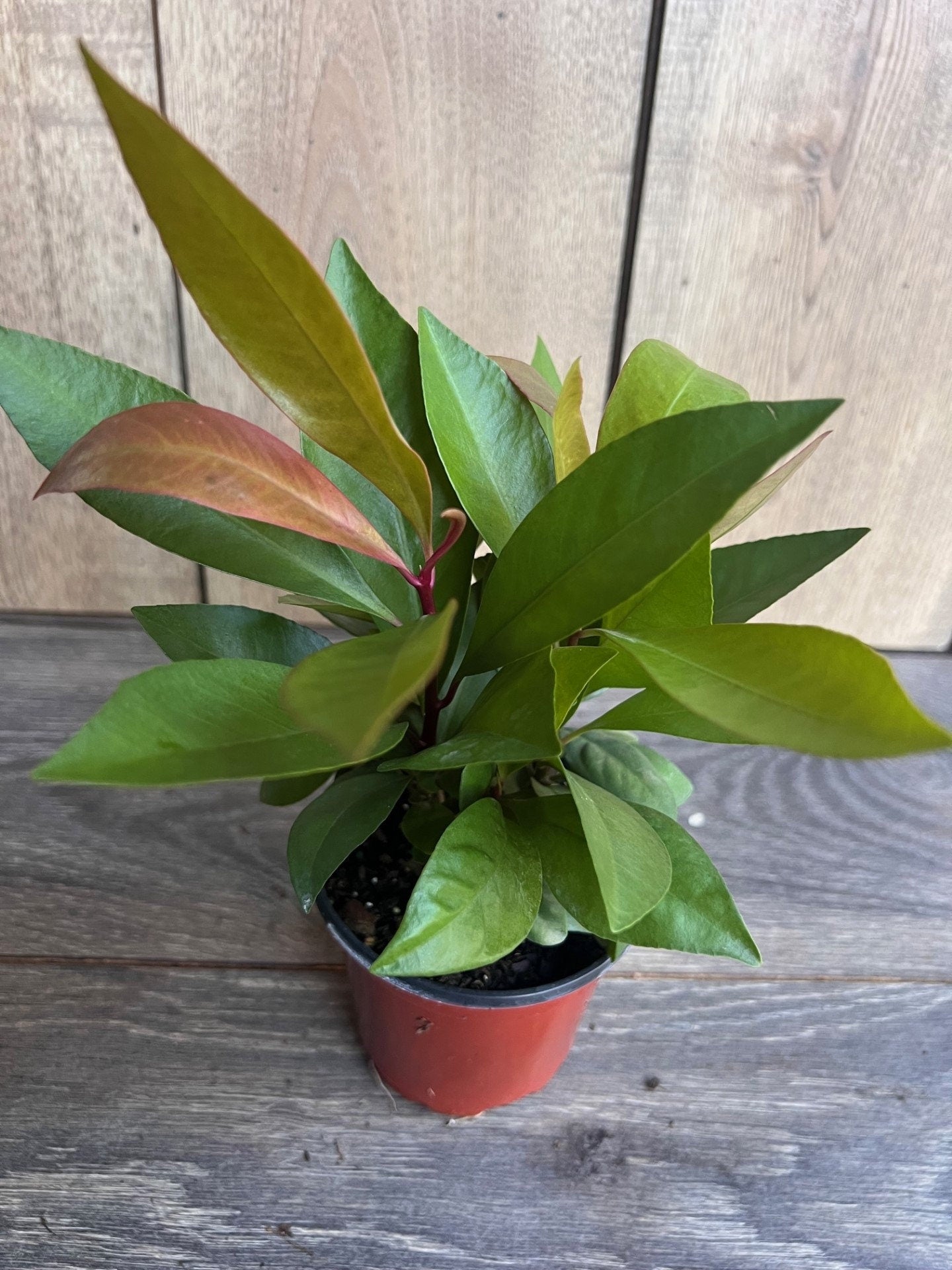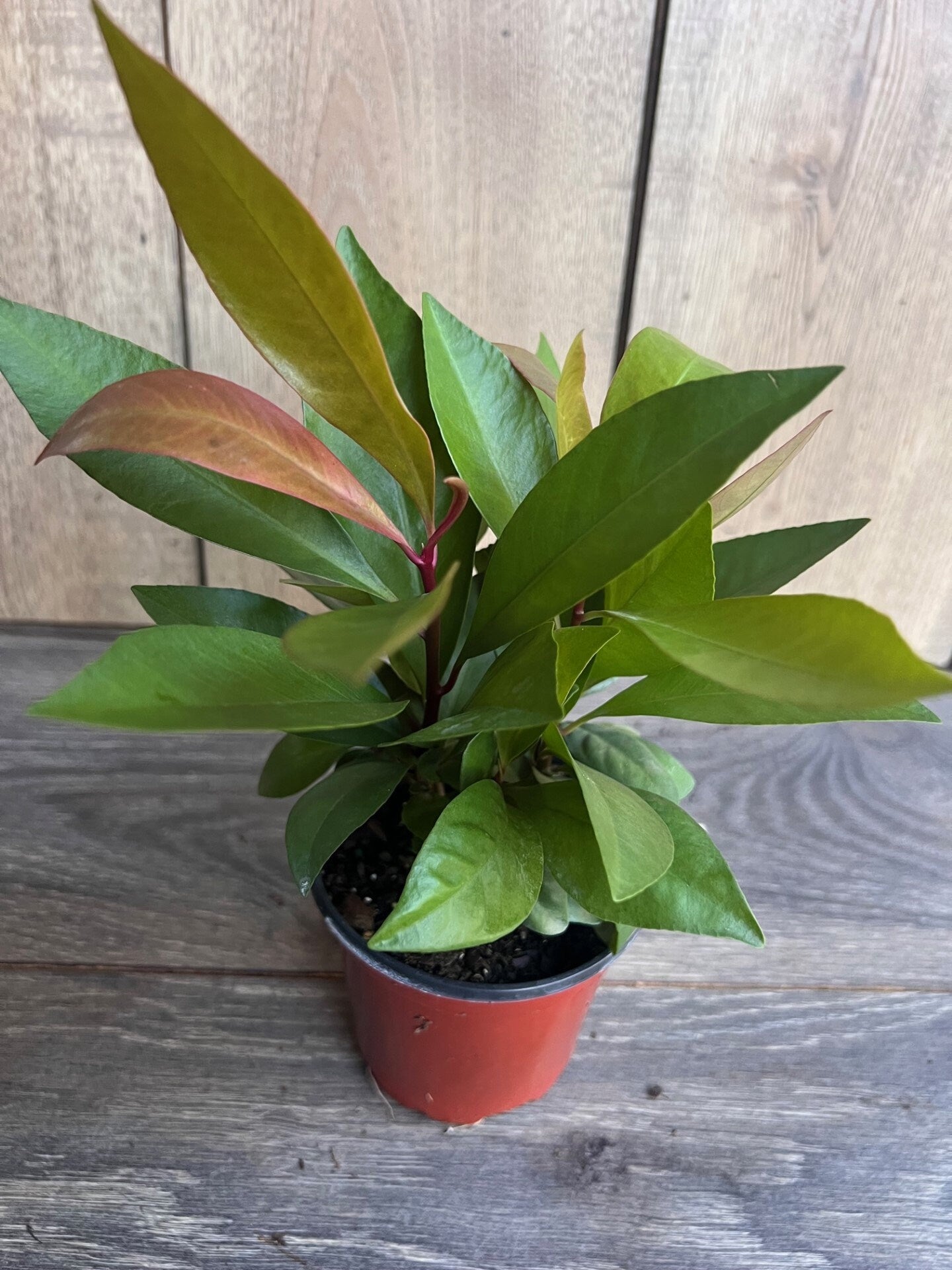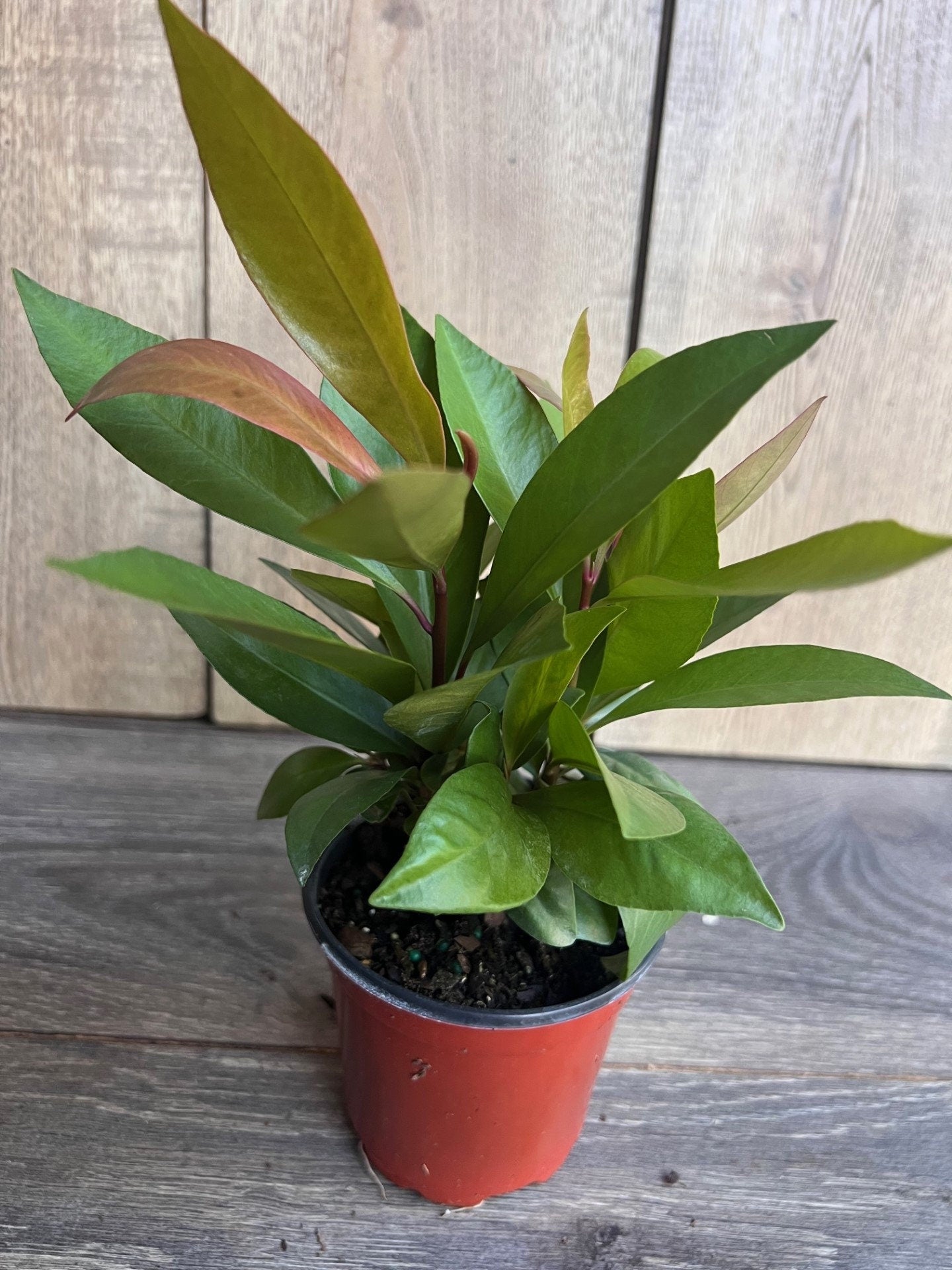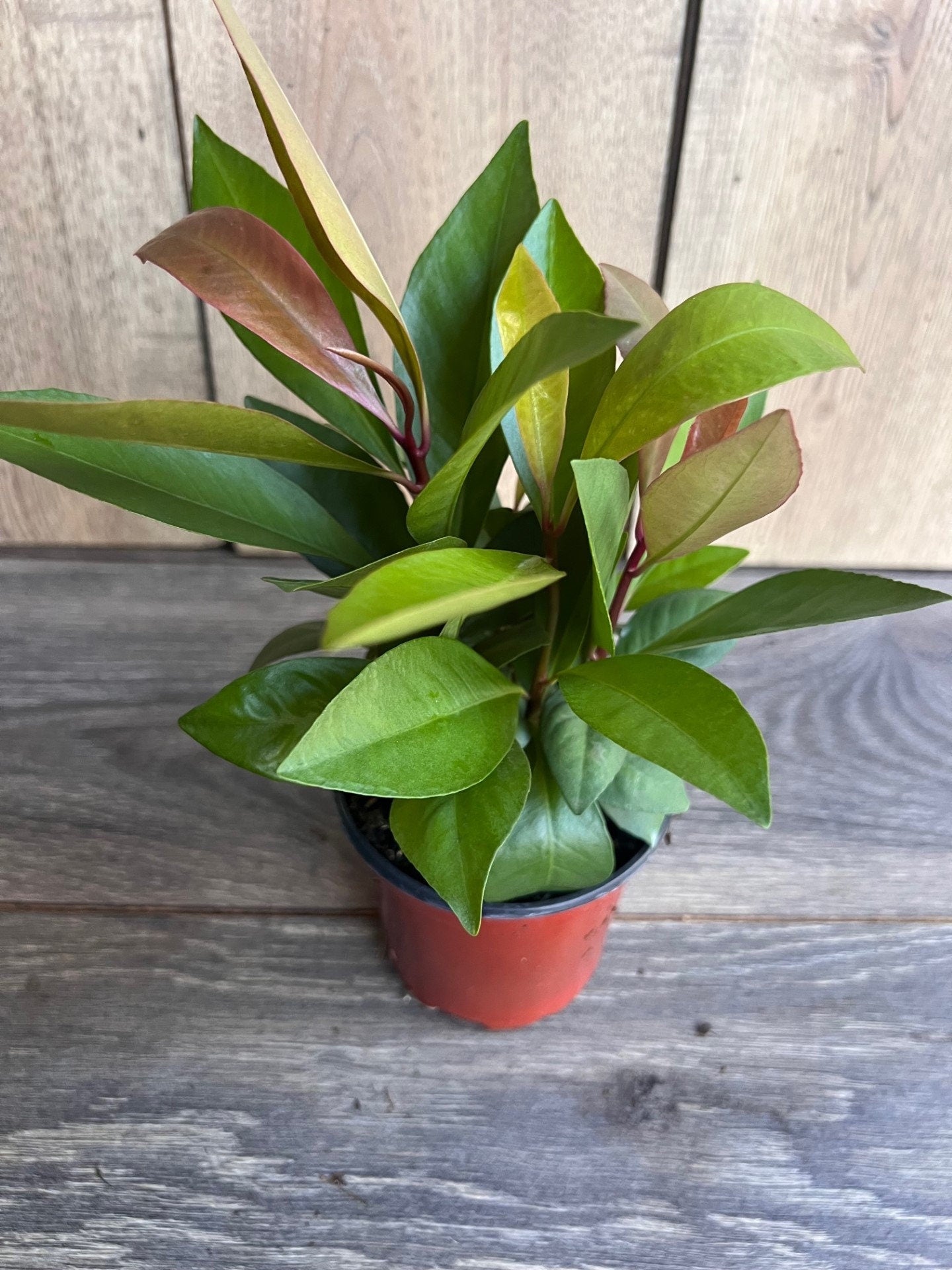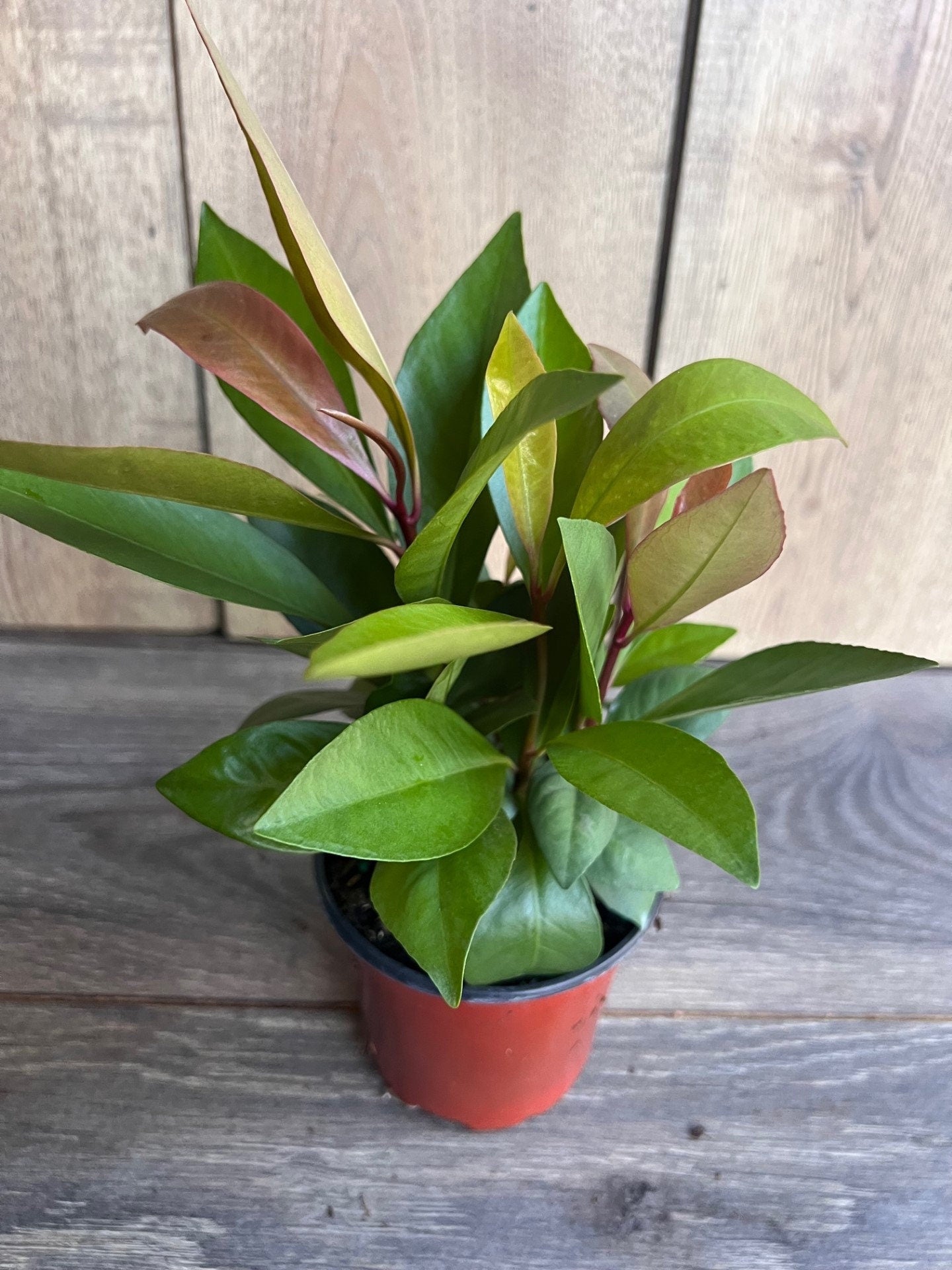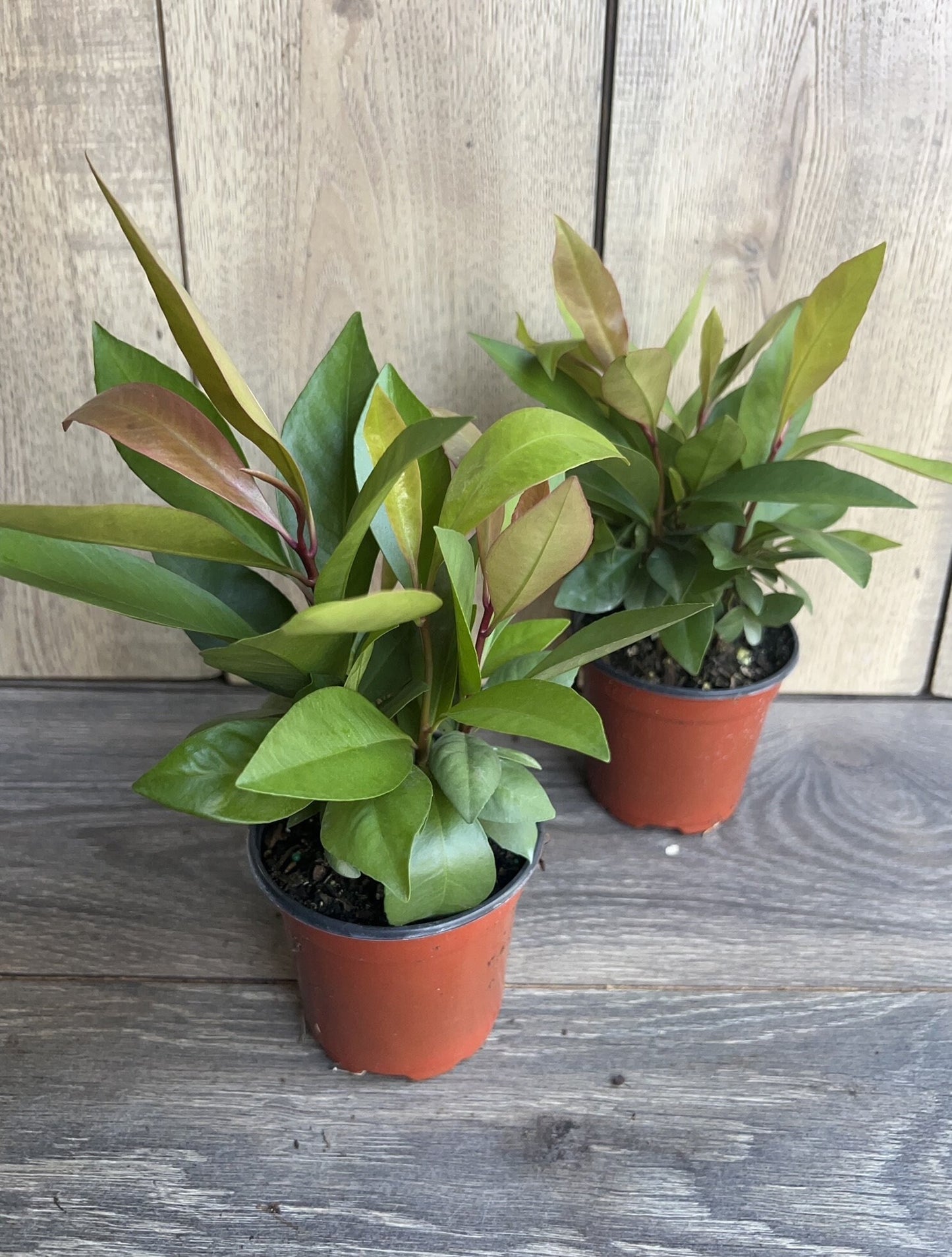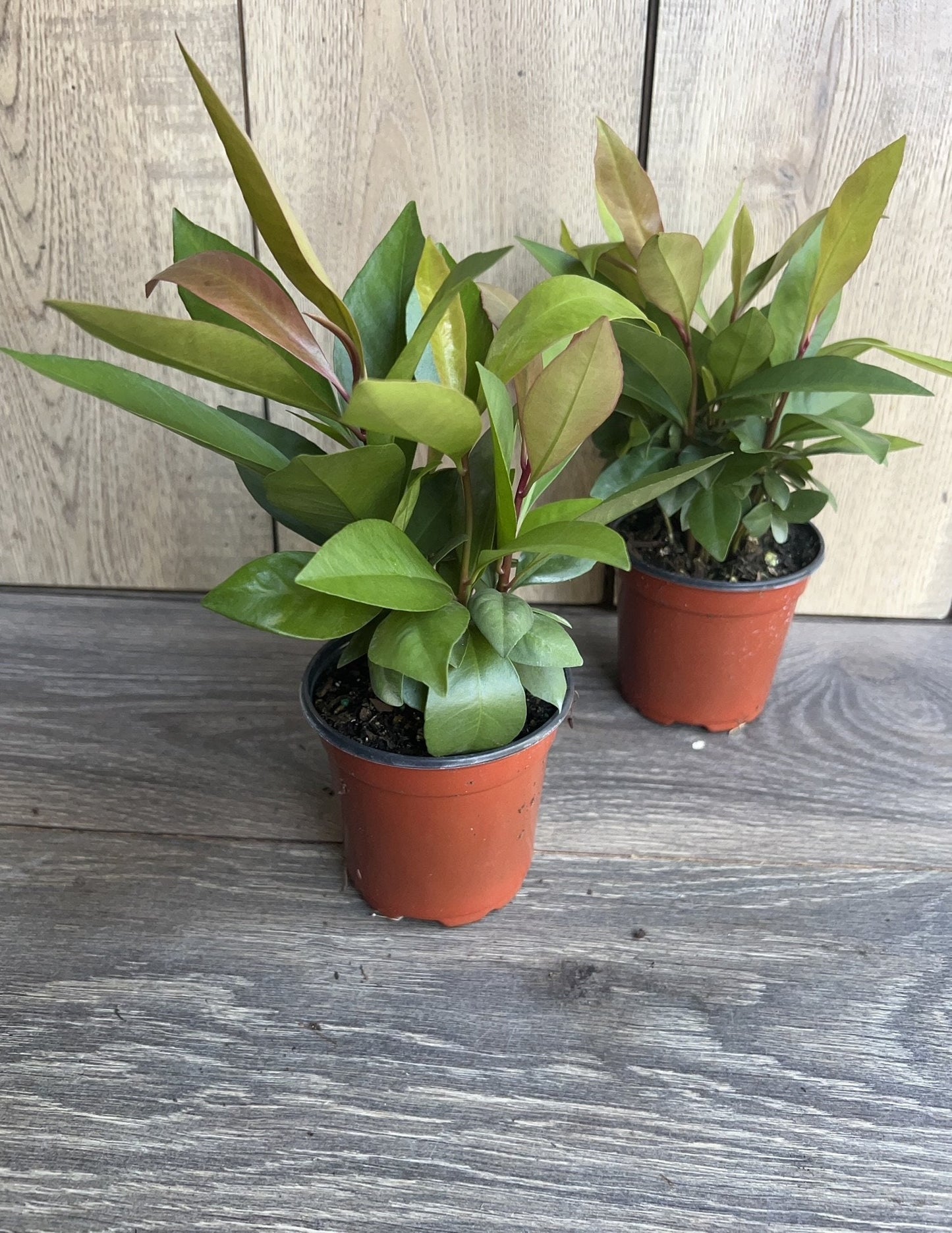Ardisia Humilis in 4" Pot, house plant
Ardisia Humilis in 4" Pot, house plant
Couldn't load pickup availability
Ardisia Humilis (Dwarf Ardisia)
Ardisia humilis, commonly known as dwarf ardisia or creeping ardisia, is a low-growing, evergreen shrub native to tropical and subtropical Asia. Known for its glossy leaves, small white to pinkish flowers, and vibrant red or purple berries, this plant is cherished for its ornamental appeal and compact size. Easy to care for with proper attention, it makes a beautiful and versatile houseplant.
You will receive Ardisia in a 4" pot, similar to the pictures.
Light Requirements
- Bright, Indirect Light: Thrives in bright, indirect sunlight. Avoid direct sun, which can scorch its leaves.
- Avoid Low Light: Insufficient light can lead to leggy growth and stop flower and berry production.
- Best Spots: North or east-facing windows are ideal, or use bright artificial light as needed.
Watering
- Water when the top 1-2 inches of soil feel dry.
- Ensure well-draining soil to prevent overwatering and root rot.
- Signs of Overwatering: Yellow leaves, mushy stems, or sour-smelling soil.
- Signs of Underwatering: Drooping leaves or dry, crispy edges.
Temperature & Humidity
- Temperature: Prefers 60°F to 75°F (15°C - 24°C). Avoid temperatures below 50°F (10°C) or sudden drafts.
-
Humidity: Thrives at moderate to high humidity (40-60%). Increase it by:
- Using a humidifier.
- Placing it on a humidity tray with pebbles and water.
- Grouping nearby plants together.
Soil & Repotting
- Needs light, well-draining, slightly acidic soil (pH 5.5 - 6.5). Enhance drainage by adding perlite or coconut coir.
- Repot every 1-2 years or when roots outgrow their pot. Choose a pot 1-2 inches larger with drainage holes.
Fertilizing
- Spring & Summer: Fertilize monthly with a diluted balanced liquid fertilizer (10-10-10) to support growth and fruit production.
- Winter: Reduce or stop fertilization during dormancy.
Pruning & Maintenance
- Regularly prune to maintain shape, remove dead or weak growth, and promote bushier growth.
- Wipe leaves with a damp cloth periodically to remove dust and support photosynthesis.
Pests & Problems
-
Common Pests:
- Mealybugs
- Spider mites
- Scale insects
- Aphids
-
Treat with insecticidal soap, neem oil, or diluted alcohol.
-
Leaf Drop: Can result from low humidity, overwatering, underwatering, sudden temperature shifts, or insufficient light.
-
Yellowing Leaves: Often due to overwatering, nutrient deficiencies, or too much direct sunlight.
Toxicity
- Non-Toxic to Pets: Generally safe for homes with cats and dogs. However, avoid excessive nibbling by pets.
With its glossy leaves, small flowers, and vibrant berries, Ardisia humilis is a versatile and beautiful houseplant. With the right care, it will thrive in your indoor space, offering visual appeal and charm.
Share
